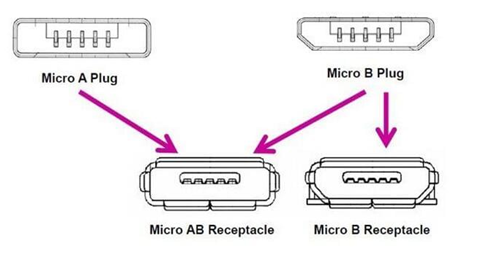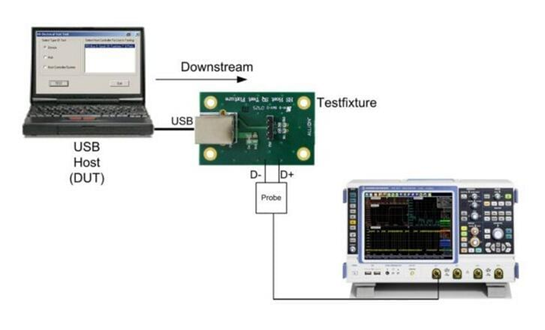Certification Introduction
USB- is the abbreviation of Universal Serial BUS (Universal Serial Bus) in English, and its Chinese abbreviation is "through serial line", which supports the plug-and-play and hot-plug function of the device. USB was jointly proposed and formulated by Intel, NEC, Compaq, DEC, IBM (Microsoft, Northern Telecom) in 1994, and released the USBV0.7 version on November 11, 1994, and has now developed into 3.1 Version. USB has the advantages of fast transmission speed, convenient use, support for hot plugging, flexible connection, and independent power supply. The USB certification is also called USB-IF certification, which is a voluntary symbolic certification implemented by the USB Implementers Forum (USB-IF).

USB Standard Type
1. Connector
USB2.0 standard types: USB A male, A female, USB B male, B female, Mini USB male, female, Micro USB male, female;
USB3.0 standard types: USB A male, A female, USB B male, B female, Micro USB male, female;
USB3.1 standard type: Type C male, Type C female.
2. Cable
USB2.0 standard type: USB A to B, USB to MiniB, USB A to MicroB;
USB3.0 standard type: USB A to A, USB to B, USB A to MicroB;
USB3.1 standard type: Type C to Type C.

USB-IF Certification Test Content
There are three main categories of certification testing for USB peripherals. The first is the electrical characteristic test, which verifies the signal quality of the product under different application architectures. This is followed by functional testing to check higher-level product details such as support for standard requirements and device enumeration capabilities. Finally, there is product interoperability testing, which is used to determine how the product under test interacts with other USB devices.

Why do you need USB certification?
USB certification is generally based on the requirements of the client. USB functions used in high-end products generally need to apply for USB certification. After USB products apply for association certification, they can use the USB logo and obtain the TID number of the USB product. If USB products want to use this logo and have TID numbers, they must first apply to the USB Association to become their members, and then they can apply for component certification after they have membership.

 CN/中国
CN/中国  US/USA
US/USA  KR/Korea
KR/Korea  DE/Germany
DE/Germany  ES/Spain
ES/Spain VN/Việtnam
VN/Việtnam